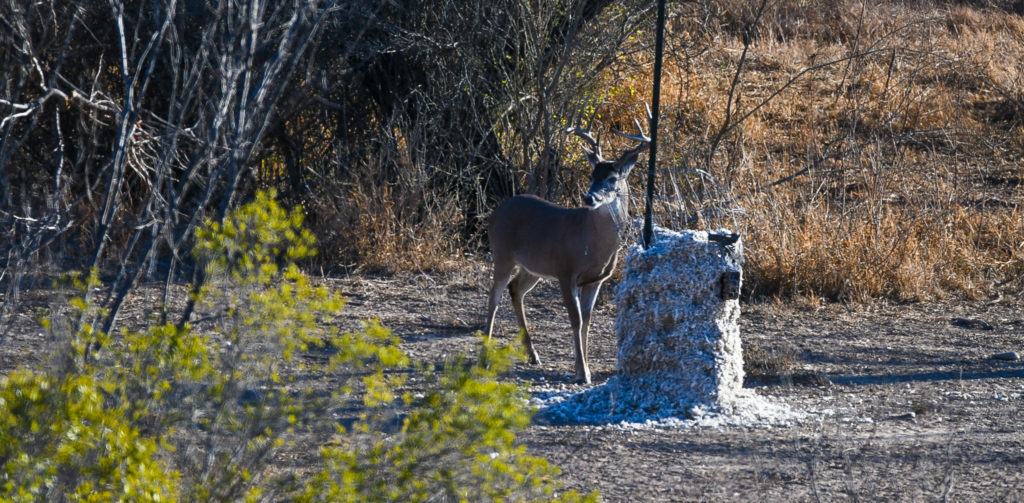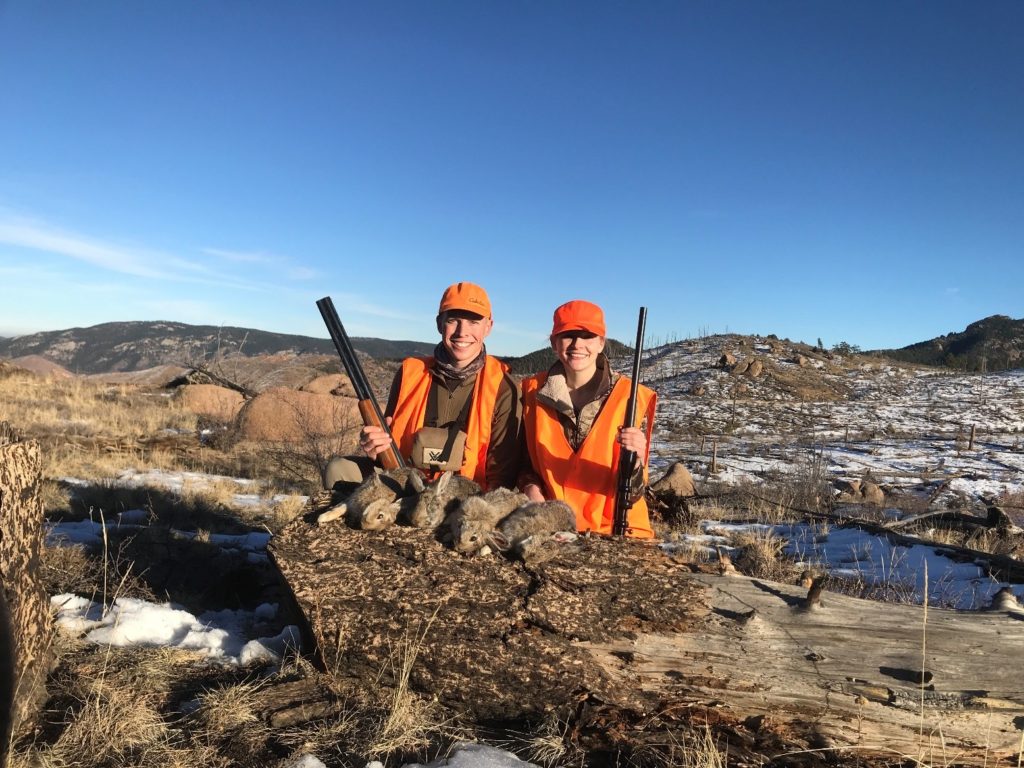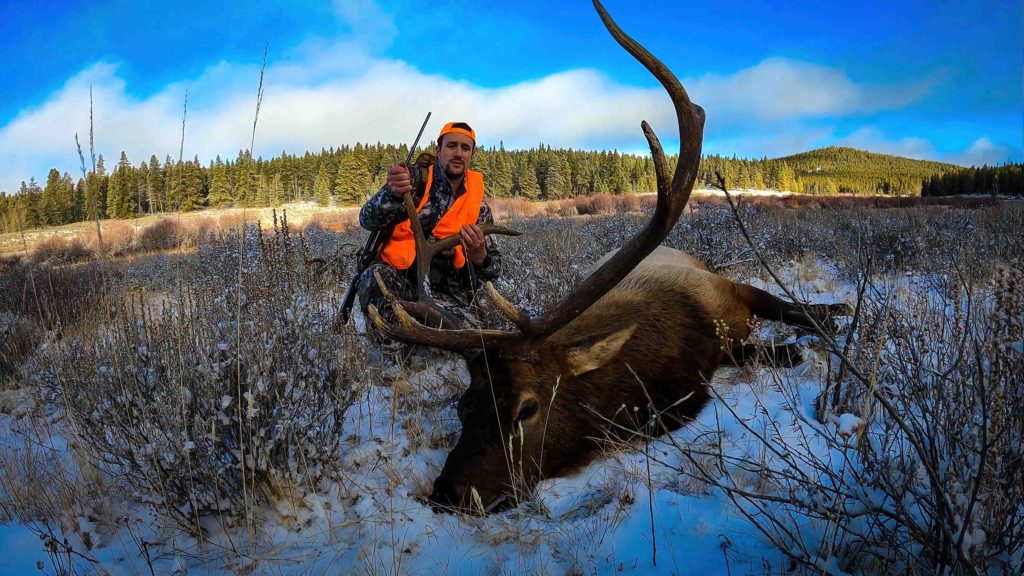“Dropped him in his tracks” is a phrase that most sportsmen hope to use after every successful hunt, but realistically, we know that isn’t the case most of the time. After our adrenaline starts to fade, we do our best to think back on exactly what happened after the shot. Was he in front of or behind the bush? Did he run left or right? Am I sure that I hit him? If you’re like me, these are thoughts that run through your head after every shot, whether you’re for sure about the answers or not. This is where having the knowledge and skills of tracking animals comes in handy.
Blood
Obviously, blood is the first sign that any hunter looks for when trailing a deer. But what, specifically, about the blood is important to look for? Coloration, amount/frequency, and location are 3 important factors. Knowing what details to notice about any blood in the field will help guess what the deer may do, how long to wait before trailing, and what the likelihood of finding the animal could be.
Coloration –
Bright blood is usually a great sign that the animal was hit in either the heart, lungs, or artery. This typically leads to a short blood trail, which means you can usually start trailing within a short amount of time without jumping the animal. Dark blood is usually a sign that you’ve hit a vein or the liver. This can be fatal, but slower, so you may want to wait a couple hours to give the animal time to go lay up somewhere. Green/brown colored slime is never a good sign and means that you’ve hit guts or some part of the digestive tract. This is when it’s important to give the animal time and not push it farther and farther away. Frequently check any nearby water sources, because in this predicament, an animal will likely catch fever and go to water.
Amount/Frequency –
As we all know, frequent and large amounts of blood, in most cases, are followed by quick success. We all hope this to be the case on every hunt, but deer are tough animals, so it doesn’t always go as we plan. Paying attention to the amount and how often an animal is leaving a blood trail is important in knowing how much time you may have to harvest. As a blood trail becomes scarce, it not only becomes a much harder tracking scenario, but now you know the wound is starting to clot, so even if the deer eventually does go down, you will have a more difficult time finding it.
Location –
One of the most important steps in tracking is finding the first drop of blood. This is the foundation of where to start setting up your timeline and knowing where to go from there. It’s obvious that looking on the ground is your first step, but it’s important to know that blood wont always be on the ground. If you hunt thick brush country like I do, you’ll know that blood is often found on the brush that resides along the game trails. Majority of the time, a wounded animal will take the path of least resistance, but every so often there may be an obstacle they have to hurdle on their path, so at time you may find blood at chest or even eye level. Knowing what side of the animal the exit wound is on will be helpful in trailing what blood is out in the field.
Tracks, Scuffs, and Brush
If there is no blood in the field, or the blood trail has stopped, it’s time to tap into your prehistoric ancestral hunting skills. Heavy footprints, drag marks, and broken limbs can tell a story and help piece together what the animal did once it left your site. Heavy prints and drag marks will show signs of favoritism to a specific leg or side of the body, which can help with fact checking where you hit the animal. Like I said before, in most cases a wounded animal will take the path of least resistance, so having that knowledge as a starting point will help guide you on the best places to start looking for prints, scuffs, or broken brush.
Feces when Trailing Deer
When all else fails, it’s time to throw the Hail Mary…following feces. Often, wounded animals will release their bowels before passing on, which can help guide a tracker when it’s down to the wire. I can personally say from experience that it does work, but I would never want to rely on this trick if I didn’t absolutely have to. You start to really learn how much feces is out in the field when it’s the only evidence you are relying on, which is why it’s a last resort skill.
I give these tips based solely on my experience as a sportsman over the last 20+ years and they have often done well for me. Anytime I must track an animal, I try to envision what I would do or where would I go if I were that animal. As we all know, nature cannot be controlled, but stepping outdoors with as much knowledge as we can shows respect for our craft and respect for the animal we are choosing to take.


